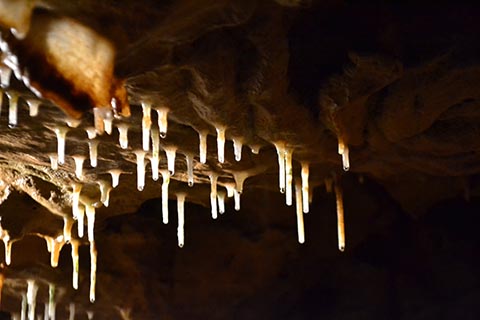
One of nature’s truly awe-inspiring creations, caves and the unique rock formations inside them are not only breathtaking but are also natural recorders of climate.
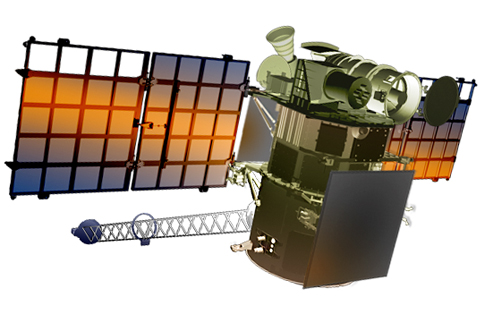
In addition to its primary mission of observing space weather, the Deep Space Climate Observatory (DSCOVR) satellite is carrying two instruments that are important to climate science: the NISTAR radiometer and the EPIC camera.
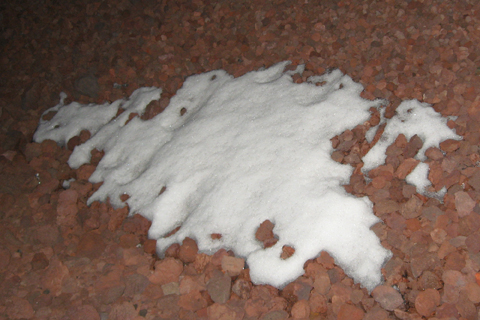
Thanks to back-to-back storms over the last month, most of the Midwest and North-Atlantic regions are covered by snow. But when was the last time there was snow on the ground in all fifty states—even our most tropical destinations, Florida and Hawaii?
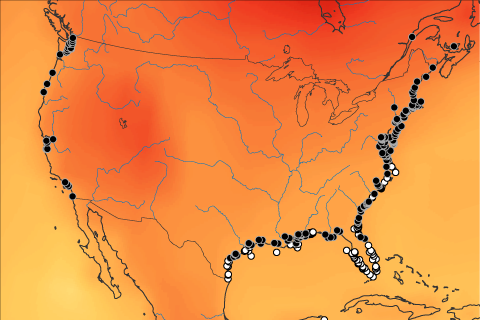
Already a threat to fish, mussels, and other marine creatures, low-oxygen “dead zones” are expected to increase in both size and number as greenhouse gas concentrations and global temperatures continue to rise.
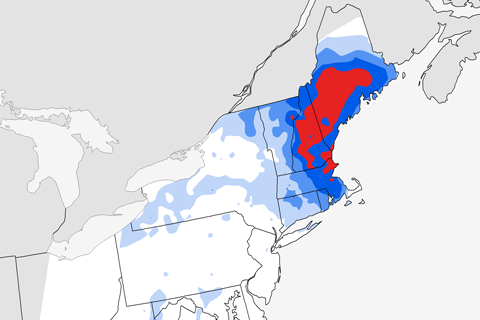
A major winter storm was still blustering its way through the U.S. Northeast this morning, with continued snow accumulations and high winds predicted for many areas. How will this event compare to the region’s most historic storms?
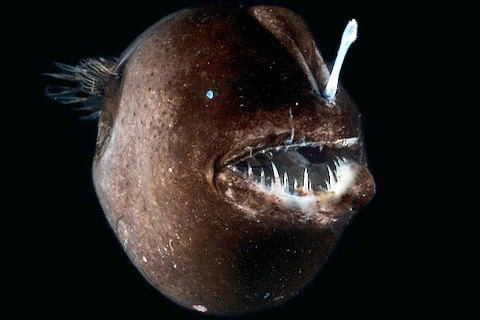
Ocean scientists have designed a new aquatic robot that can go where they suspect some of the heat energy from global warming is hiding: in the abyss.
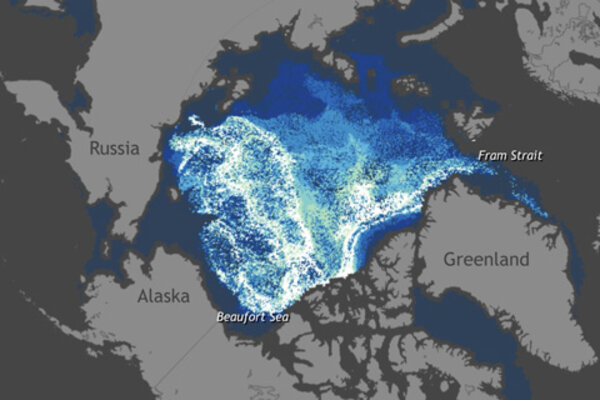
The Arctic's oldest ice is vanishing
December 13, 2016
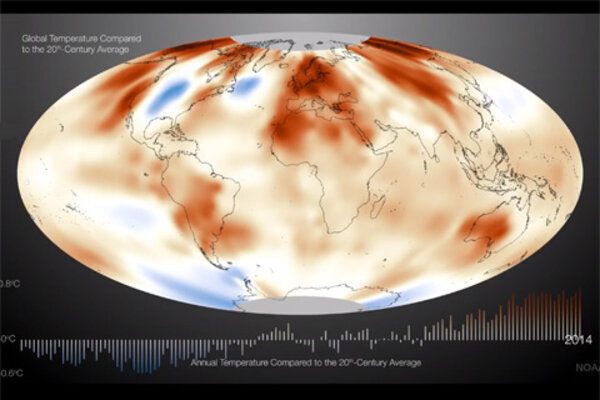
History of Earth's temperature since 1880
January 16, 2015
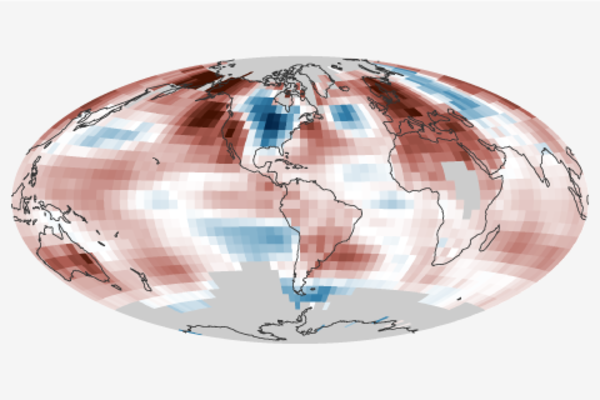
2014 Global Temperature Recap
January 15, 2015
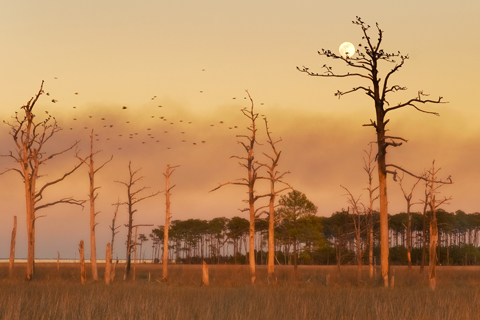
Fish nursery. Bird sanctuary. Storm surge blocker. Maryland’s Blackwater Marsh Wildlife Refuge is all those things and more. And it could be completely underwater by the end of this century. A team of ecologists and climate experts is determined to find and conserve migration corridors for the critical wetland ecosystem.